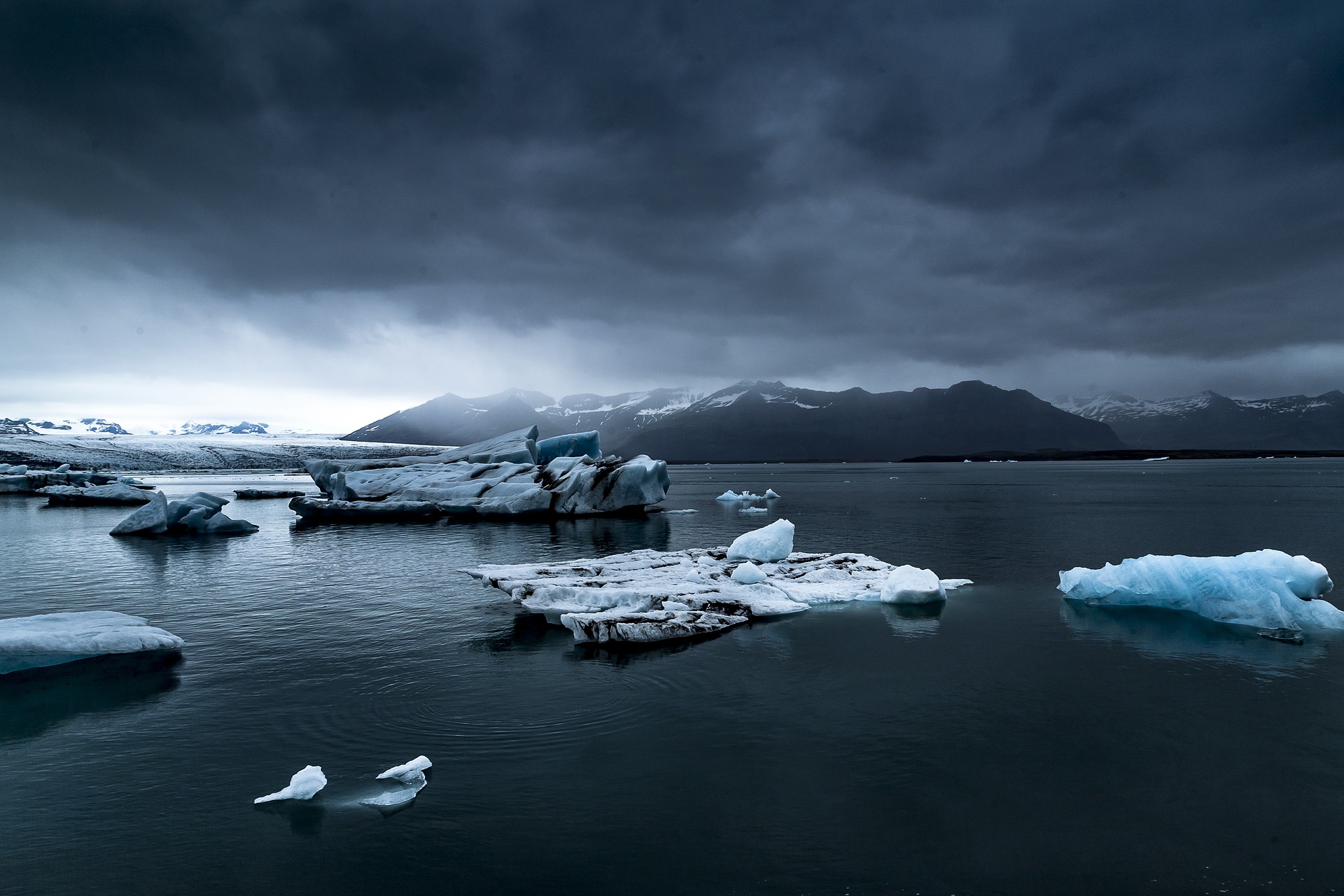What we need to know about the trillion-ton iceberg

No matter where you stand in the climate change debate, the iceberg that has detached itself from Antarctica is disturbing. While icebergs do move around from time to time, this iceberg is different. It is one of the largest icebergs in recorded history. With this shocking development, there are some things you should know about this monster berg.
1. It was not a quick event: The Larsen C Ice Shelf that the iceberg was part of has been watched by satellites since the 1960s. Its crack was noted back then and didn’t actually run fully across the ice until 2014. So the final break has been a long time coming and not something that happened over night.

2. The iceberg is huge: a mass of 1.1 trillion tons and 2,200 square miles can be hard for a mind to comprehend. To put it another way, the iceberg contains twice the amount of water used by the United States each year and has a total volume that is twice the amount held in Lake Erie.
3. The final destination is unknown. Naturally, with its immense size, the iceberg is a concern. But predicting where it will end up is impossible to say with any accuracy. To begin with, it has not traveled away from where it broke off as yet, it has simply separated. Icebergs of a large size will often break up into smaller pieces as well, making it unlikely that a trillion-ton iceberg will just wash up on a beach somewhere. The program leader for the Australian Antarctic Division, Tas van Ommen, stated that the iceberg is large enough that it will “last for years to a decade or longer,” before the whole thing is out there in open water. It is more likely that it will break up first.

4. The repercussions will not be immediate: The event should not cause complete panic. There is no direct effect on humans anywhere at the moment and the results of such a change will not be felt for many years. The only current concern is that the iceberg has permanently changed how western Antarctica looks and should be treated as a major geological event. This means that while you don’t need to hunker down for doomsday, you should still be aware of the scale of change that has happened to the ice cap.
5. It will not affect ships; well, it won’t affect ships at the moment, except for ships getting to Antarctica. The iceberg isn’t going anywhere at the moment so should not affect shipping traffic. When the iceberg breaks up into smaller pieces and they drift off, then ocean traffic could be affected at that point.

6. The iceberg is not making the seas rise: Since the iceberg was already present in the sea, it is not something new added to it. The sea level overall should not be affected adversely. Even if the iceberg melts, it is still the same amount of water as it was before, it just may have changed its shape. This is because 90% of the iceberg is underwater, so only 10% will be added, and after you do the math, it barely makes a difference to the overall levels of the seas.

7. Scientists are not overly concerned. It is not that the specialists are disregarding that the iceberg broke off, but they were not surprised. The iceberg has been watched for so long that the eventual break was expected. The bigger concern is whether the ice shelves of Antarctica are going to hold up much longer. The shelves are keeping glaciers and ice streams in place. Without them, the glaciers could start to move, which would raise the sea level.
It is best to understand that the iceberg breaking was an expected eventuality and while it isn’t anything to get too worried about now, it is something that all of us should continue to observe and learn about.
If you have any comments then please drop us a message on our Outdoor Revival Facebook page
If you have a good story to tell or blog let us know about it on our FB page, we’re also happy for article or review submissions, we’d love to hear from you.
We live in a beautiful world, get out there and enjoy it. Outdoor Revival – Reconnecting us all with the Outdoors.
